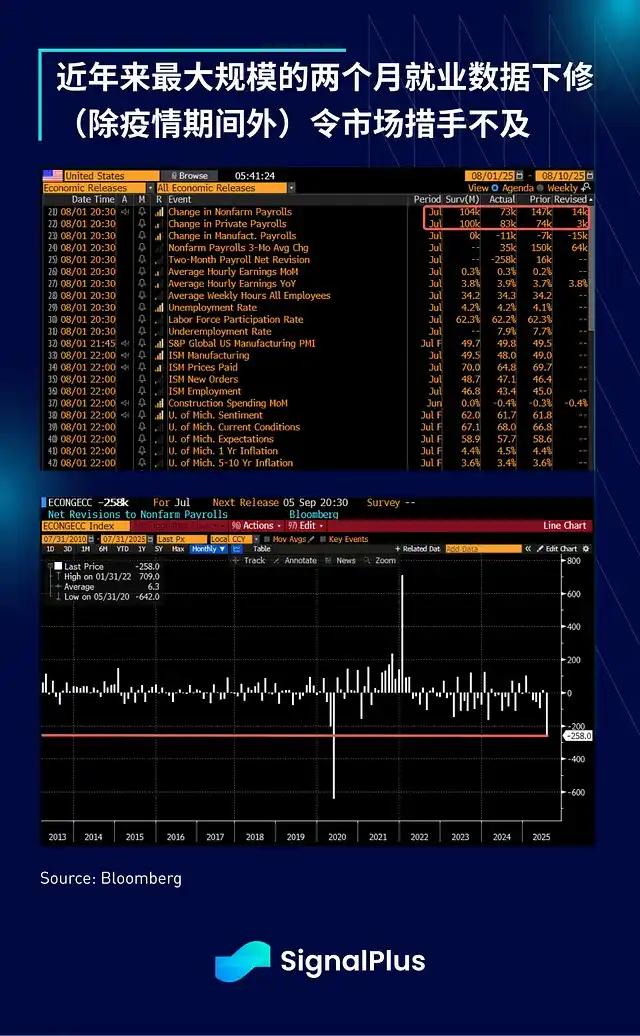Market optimism dissipates, adjustment quietly arrives, Bitcoin falls 9% from its historical high, Altcoins generally retrace 20%-30%.
In early August, the market was hit by a fierce sell-off, with a single-day clearing scale of over $1.5 billion. The core issue is: Are the causes of this decline serious? How should we respond?

The core trigger for this retrace lies in the latest developments of the US President:
- New tariff policy proposal;
- Escalating geopolitical uncertainty;
- Contradictory macroeconomic data.
First, focusing on the exhausting "new tariff proposal". Over 66 countries are on the potential tariff list - the same old routine. Each time it seems like "the old script is replaying", even giving a sense of "market manipulation".
However, the US government clearly won't risk an economic recession just for these tariffs.
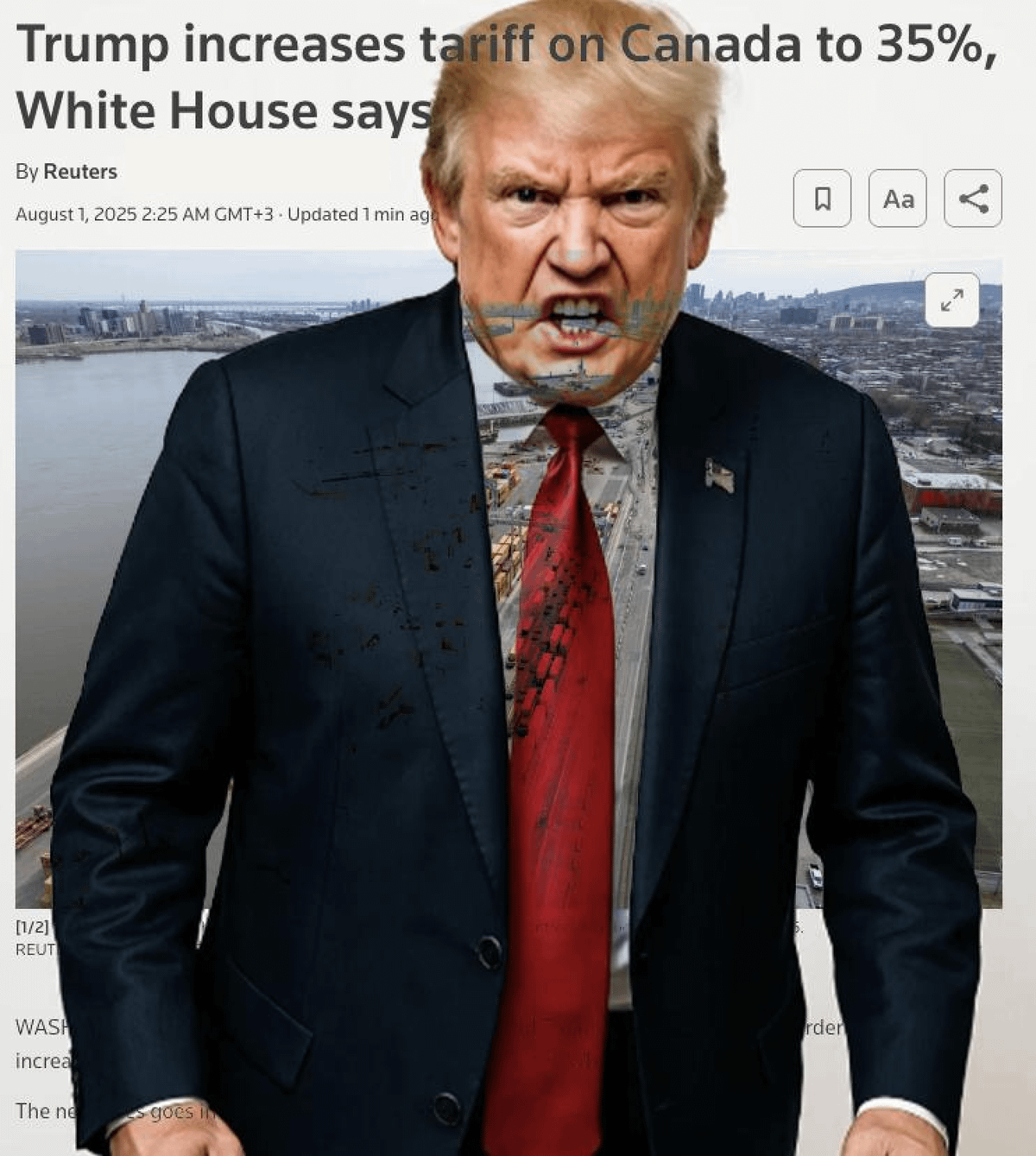
We've seen market retracements caused by such operations countless times. Retail investors often view such news as major negative signals and overreact.
Recall how many times such tariff threats have been announced? And how many times has the market subsequently reached new highs?
Therefore, there's no need to be overly worried; this is an old story.

Besides tariffs, the recently increased geopolitical risks have also intensified unease. The trigger was: the US announced deploying two nuclear submarines near Russia. Is this worrying? Indeed it is.
But thinking calmly: Does anyone really believe a nuclear war will break out in 2025? This is more likely a "pressure tactic" aimed at pushing forward negotiations.
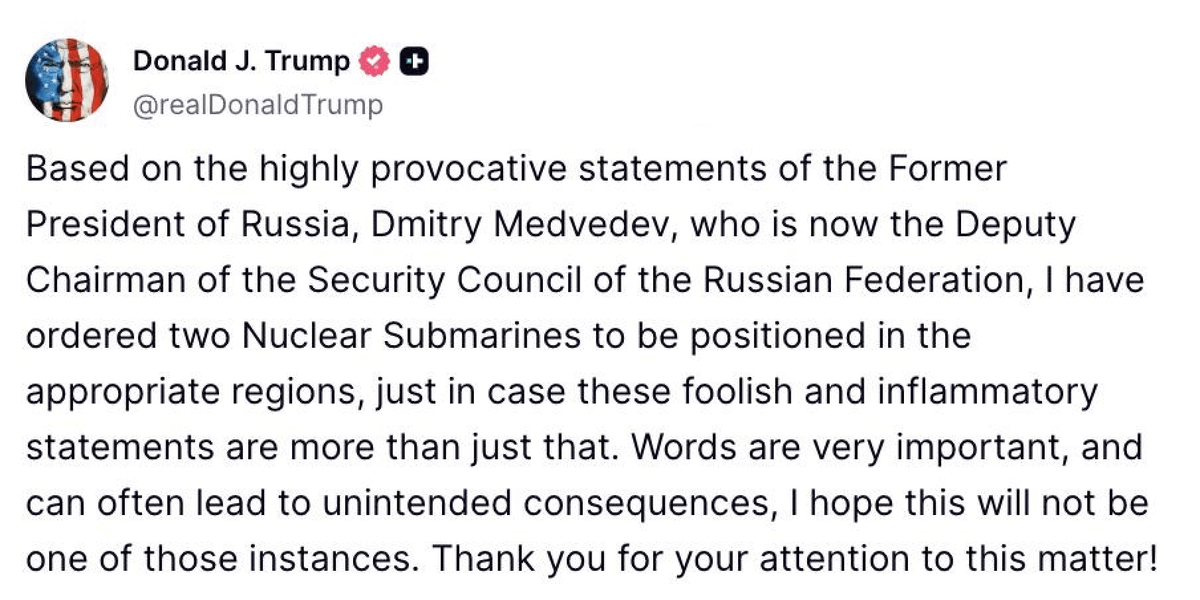
However, what truly troubles US economic decision-makers (like the Federal Reserve) is the chaotic labor market macroeconomic data.
The market's previous bet on the "Fed policy shift" (rate cut) expectation fell through.
More critically, the May-June Non-Farm Payrolls (NFP) data was revised down nearly 10 times, severely shaking market confidence in the overall macroeconomic data reliability.

Ultimately, multiple factors formed a powerful "combination punch":
- Persistently high interest rates;
- Increasing signs of economic cooling.
These factors combined led to a significant decline in institutional investor demand this week. Bitcoin spot ETF even recorded its first net outflow.
So, what is my judgment on the future market?
My current view is based on the recognition of continuously accumulating macroeconomic pressure. Currently, no major economy can create sufficient credit growth to support continuous GDP expansion.
My key support levels are: Bitcoin at $110,000, Ethereum at $3,200.
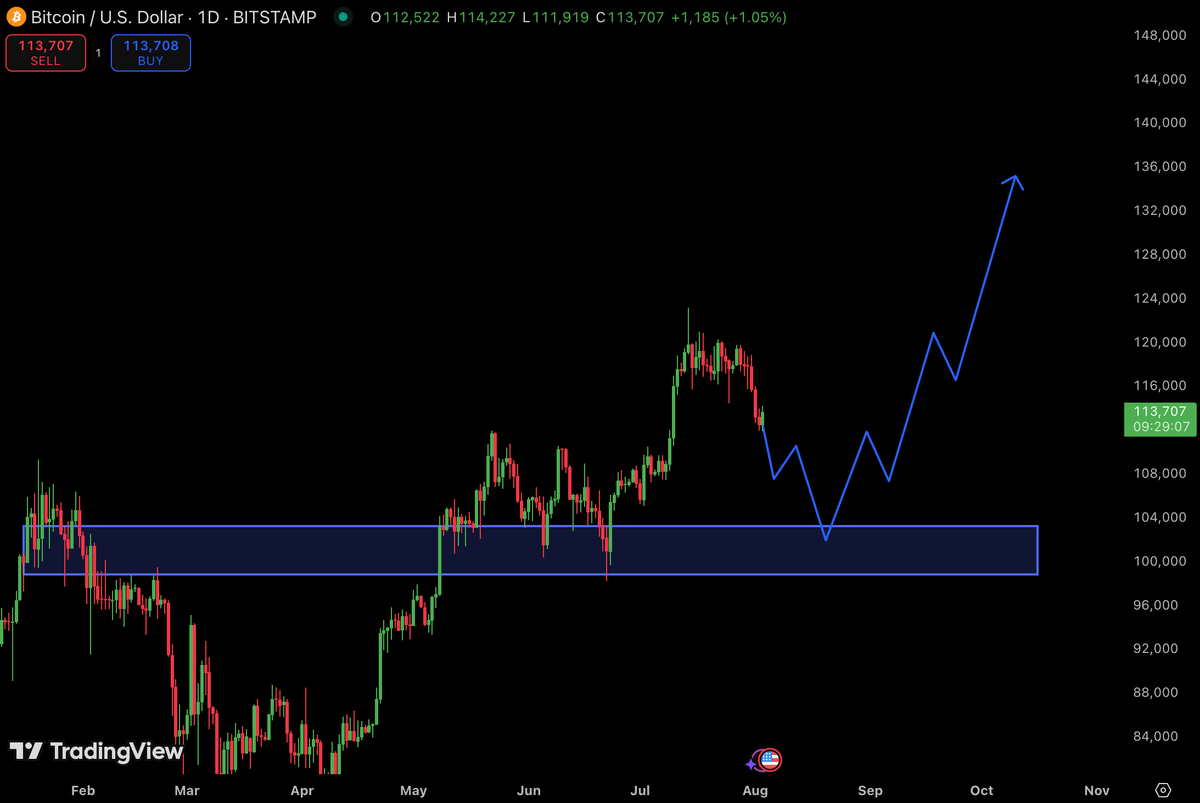
I anticipate that by September, the Federal Reserve will have no choice but to initiate rate cuts to restimulate the market:
- Inflation data has significantly dropped;
- The job market is under pressure;
- Powell seems intent on delaying the rate cut decision.
As the time point approaches, the market is expected to restart an upward trend.
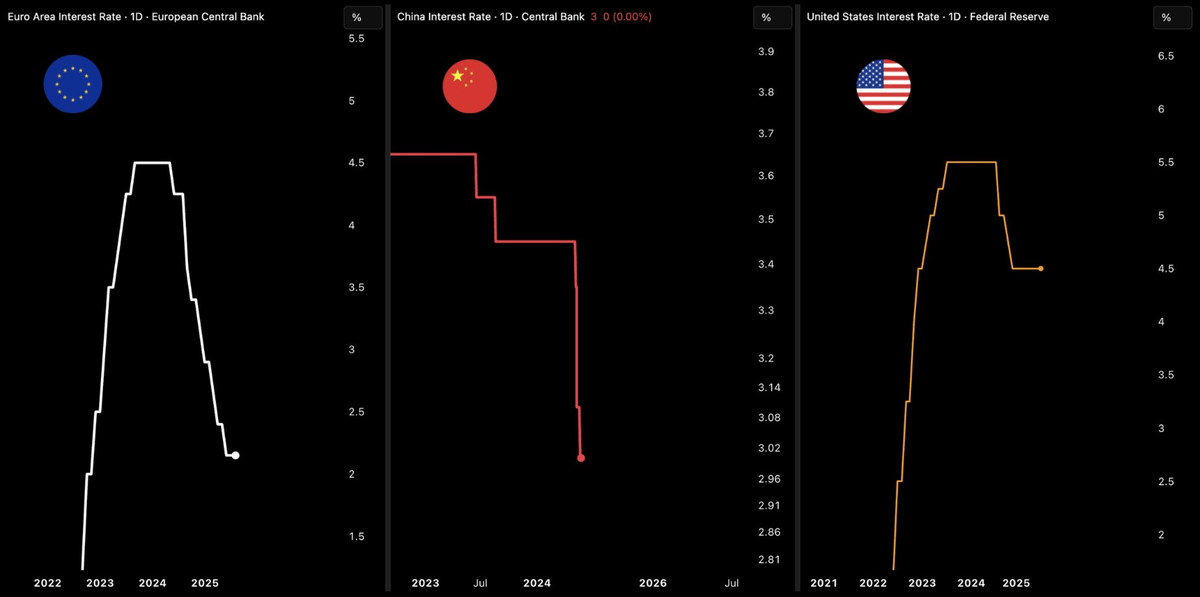
Historical patterns show that after each such FUD (Fear, Uncertainty, Doubt), the market will experience a strong rebound.
Referencing the correlation chart between M2 money supply and Bitcoin price, the conclusion is clear: market trends follow liquidity, and the global liquidity environment remains generally loose.
Therefore, the current volatility is essentially a global market game superimposed with FUD.
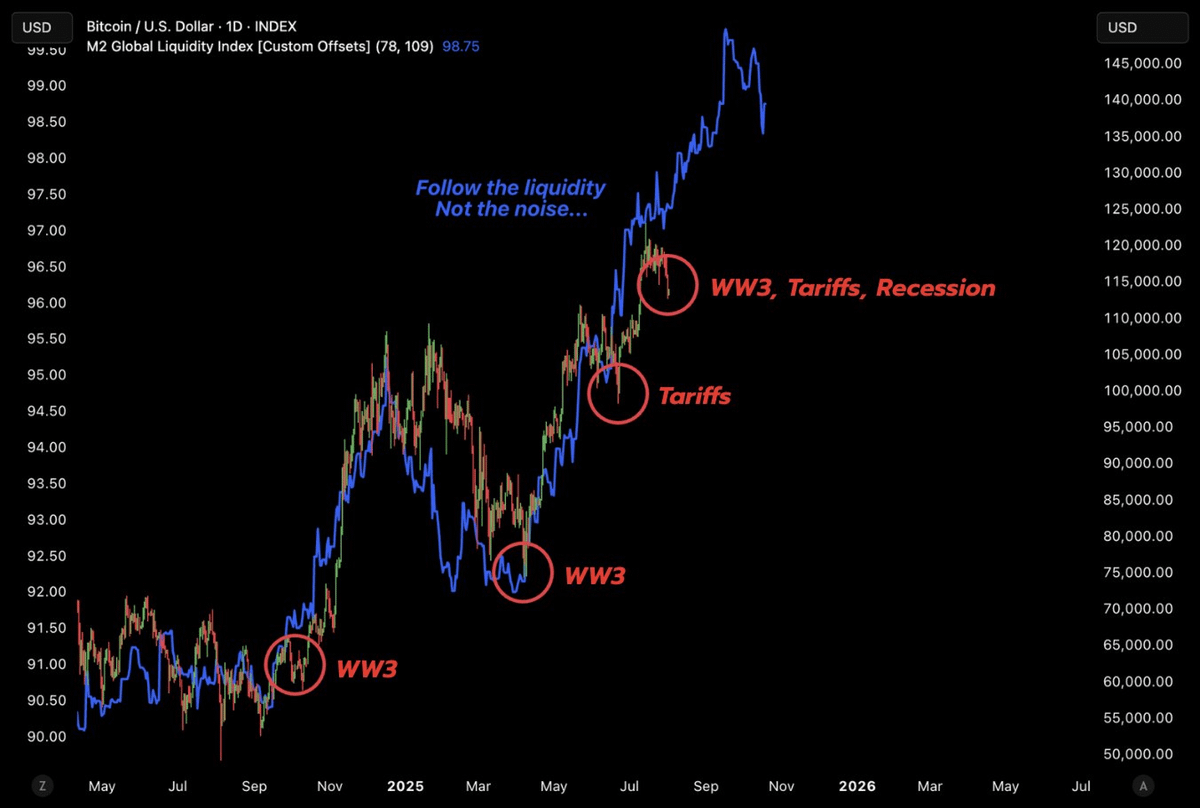
Looking towards autumn, with the rate cut cycle beginning, I anticipate major funds will massively flow back, thereby launching a true "Altcoin season".
At that time, it will be a critical window for actively locking in profits.
This is my current positioning strategy.

In this adjustment, I'm focusing on continuously accumulating three asset classes: BTC, SOL, and ETH.
I'm especially optimistic about ETH's technical potential and fundamentals, and have noticed increasing institutional interest. On August 3rd, a wallet related to Shraplink again added ETH worth $36 million, which is one example of proof.
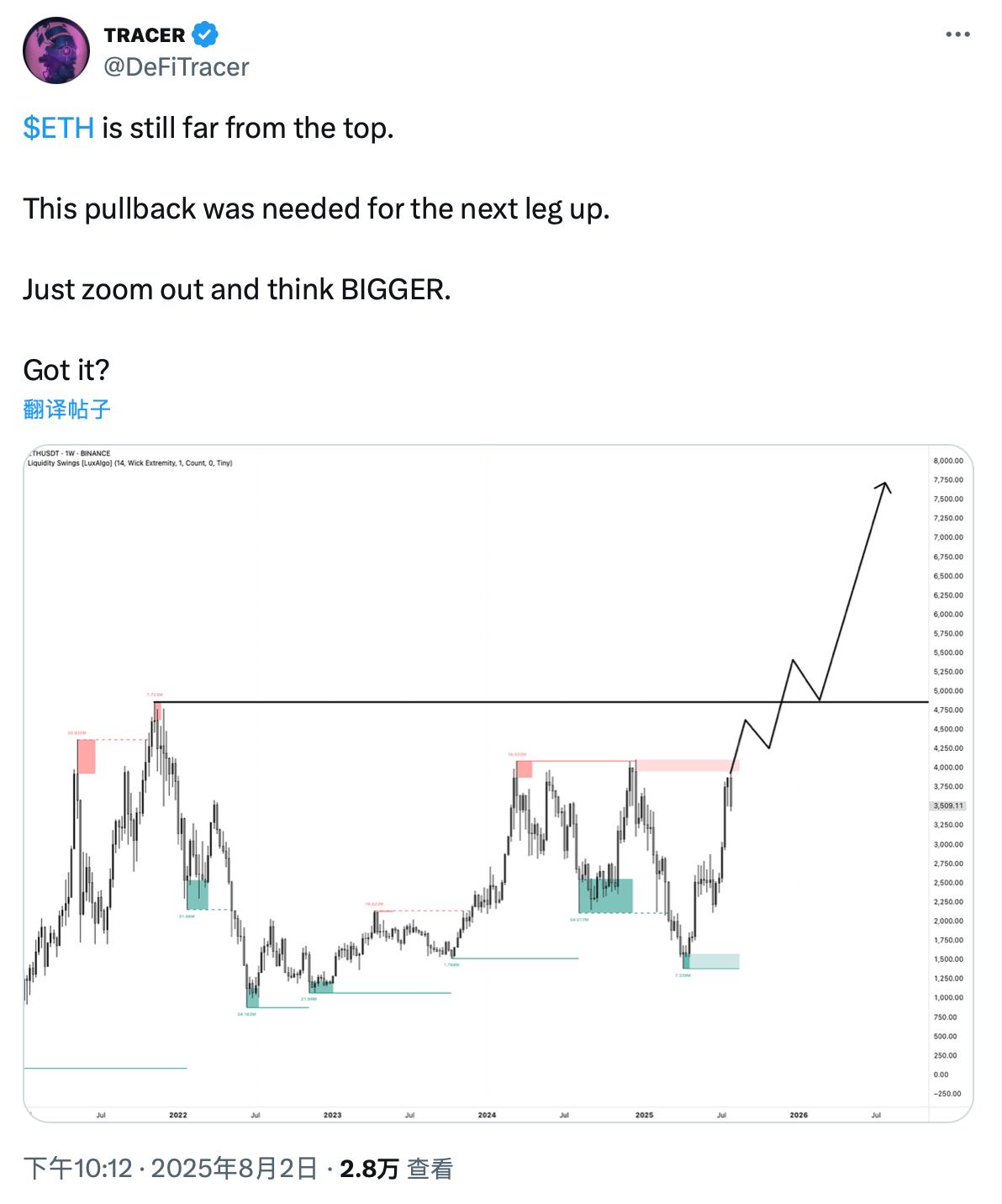
In summary, the strategy is clear: view the current volatility as an opportunity to accumulate positions.
The market landscape is evolving, and such a low-price buying window may not last long. Now is the time to build positions step by step, reserve chips, and wait for the market from October to December.





